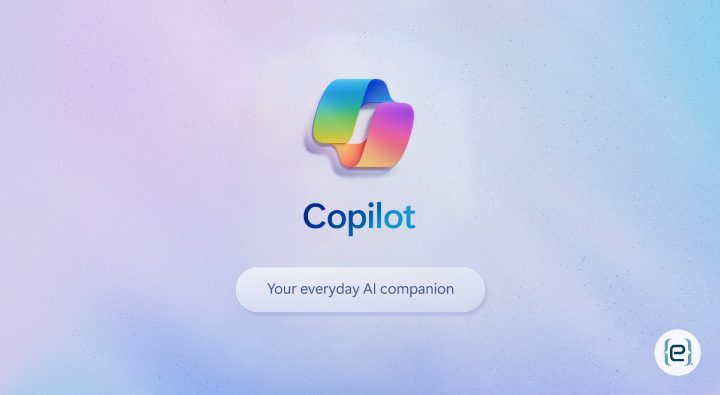Artificial intelligence is all the rage these days, and organizations are fighting to keep up with the trends, so they don’t get left behind. A Microsoft Copilot implementation, designed to boost user productivity and creativity in Microsoft 365, is one new AI tool gaining popularity. Microsoft Copilot uses GPT-4 and DALLE-3 AI models to compile information from all Microsoft 365 applications.
As a result, the tool allows you to easily and quickly do everyday tasks. For example, if you need to create a report based on transcripts of multiple meetings, Microsoft Copilot does it in seconds. You can also find specific information in an email thread without reading every message.
However, using Microsoft Copilot may not be an entirely positive experience. The technology is associated with security challenges that cannot be ignored. Let’s explore the top 5 security considerations for Microsoft Copilot implementation.
Data Classification
We know that employees aren’t meant to have unfettered access to every piece of information in a company. Data should be classified correctly to be stored in a way that prevents just anyone from seeing it.
One of the top 5 security considerations for Microsoft Copilot implementation is incorrect data classification. Classification standards may vary in different Microsoft 365 applications.
Companies need to be vigilant about consistent classification and storage across programs. Otherwise, Microsoft Copilot could provide information to people who shouldn’t have access to it.

Data Leakage
Another top security consideration for Microsoft Copilot implementation is data leakage. This happens when Microsoft Copilot pulls information from multiple applications irrespective of permissions. Leakage allows employees to get data they don’t have permission to see.
For example, an employee may use Microsoft Copilot to obtain details about a product. However, the results may also include data on products in development. This can cause employees to become privy to sensitive information they shouldn’t have.
Incorrect Data Storage
Tight permissions can help prevent data leakage when using Microsoft Copilot. However, it’s only helpful when information is stored properly based on those permissions.
In some cases, Microsoft Copilot may take information from a protected location and place it into a less secure location. When data is haphazardly stored in this way, delicate information can get into the wrong hands.
External Security Breaches
Although many security considerations for Microsoft Copilot implementation involve internal issues, external problems are still a concern. One issue may occur if data leaks. In this case, employees may get information they shouldn’t have and share it with external stakeholders.
Also, if hackers access your computer system, they may be able to leverage Microsoft Copilot to find out confidential information about your company through prompt injection. It happens when bad actors exploit AI prompts to look for data to steal.
For example, hackers may use prompt injection to impersonate an employee with high-level permissions. This allows them to get confidential information and use it for their schemes and scams.
Once hackers have gotten into Microsoft Copilot, they can also use it to wreck your system entirely. Prompt injection may be used to introduce malicious code into your network without anyone in your company even knowing about it.

Employee Mishaps
Microsoft Copilot may be a shiny new toy in your company that employees all want to play with, but they shouldn’t without the right training. Make sure everyone using this AI tool understands the security risks.
Regular training can help employees avoid common Microsoft Copilot mistakes, so data is used properly. They should know how to classify documents, create strong permissions, and handle information if there is data leakage.
Avoid Microsoft Copilot Implementation Security Issues
Microsoft Copilot implementation can help make your employees more productive. However, it also creates serious security considerations. When you work with the security experts at eMazzanti Technologies, you can significantly minimize these risks.
Contact us today to find out how we can help you protect your data from internal and external security threats. Also, we provide free Microsoft Copilot training to help you understand how to get the most out of it.







